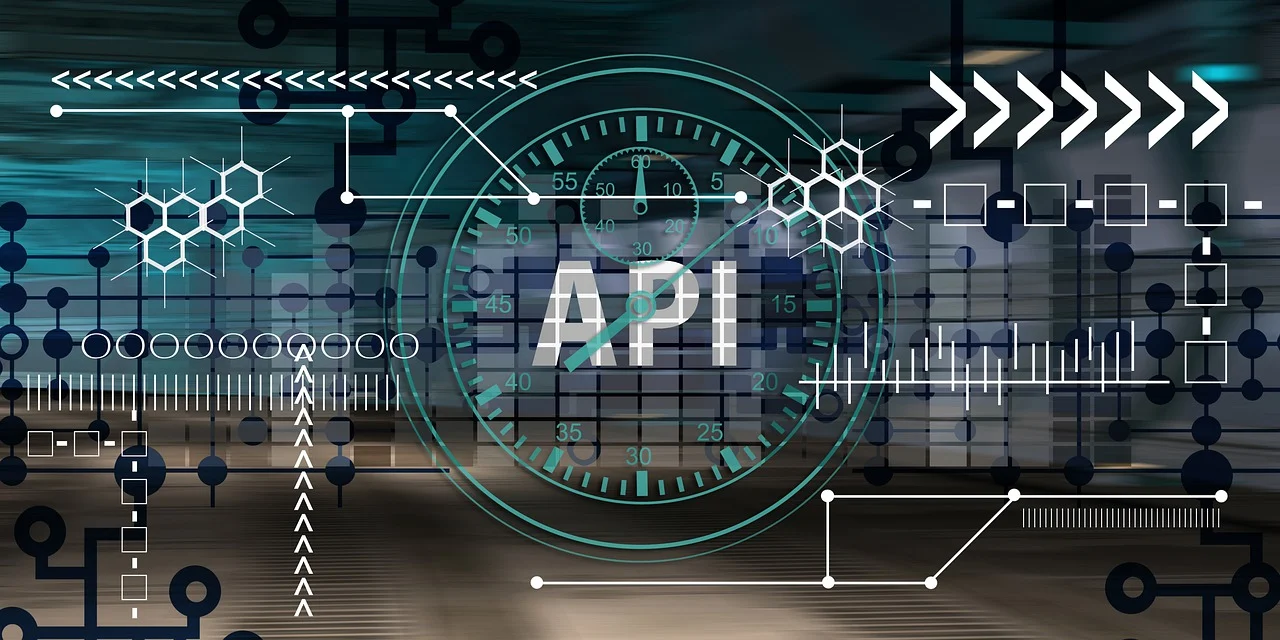
An API, or Application Programming Interface, is a set of protocols, tools, and standards that allows two different software applications to communicate with each other.
In simpler terms, an API acts as a bridge between different software programs, enabling them to exchange data and request services from one another. For example, if you use a mobile app to order food, the app’s API sends the order data to the restaurant’s API, which then processes the order and sends back confirmation to the app’s API.
APIs can be built in many different ways, but they typically use a standardized format like JSON or XML to exchange data, and they often require authentication to ensure that only authorized users or applications can access them. Developers use APIs to create new applications or integrate existing ones, and many popular web services, like Facebook, Twitter, and Google Maps, provide APIs for others to use in their own applications.
At its core, an API is a set of guidelines or protocols that enable two software systems to communicate with each other. This communication can take many forms, such as exchanging data, invoking functions, or requesting services. APIs can be used to integrate different software applications, extend the functionality of existing systems, or create new services entirely.
APIs are widely used in modern software development because they allow developers to build new applications or services on top of existing ones without having to reinvent the wheel. Instead of building everything from scratch, developers can use APIs to tap into the functionality and data of other systems, allowing them to create new solutions more quickly and easily.
One way to think of APIs is as a kind of “middleman” between two software systems. For example, let’s say you are building a mobile app that needs to display real-time stock prices to users. To get this information, you could build your own system to collect stock price data and provide it to your app. However, this would be a lot of work and would require you to maintain your own data sources and infrastructure.
Instead, you could use an API provided by a stock market data provider. This API would allow your app to request the latest stock prices directly from the provider’s systems, without you having to build anything yourself. The API would provide a set of guidelines and protocols for making requests and receiving data, allowing your app to seamlessly integrate with the provider’s system.
APIs can be built using a wide variety of technologies and programming languages, but they typically use a standardized format for exchanging data. The most common formats for API data are JSON (JavaScript Object Notation) and XML (Extensible Markup Language). These formats provide a way for different software systems to exchange data in a standardized way, making it easier to integrate different systems together.
APIs can also be secured using a variety of authentication and authorization mechanisms. This is important because APIs often involve exchanging sensitive data or performing important functions, and you want to ensure that only authorized users or applications can access them. Common API security mechanisms include OAuth (an open standard for authentication), API keys (unique identifiers that grant access to an API), and access tokens (temporary tokens that allow access to an API for a limited time).
Another important aspect of APIs is versioning. As APIs evolve over time, they may change their functionality, data structures, or protocols. This can cause compatibility issues for applications that are built on top of them. To address this, APIs are often versioned, meaning that each new version of the API is released with a specific version number. This allows developers to continue using older versions of the API if they need to, while also allowing them to take advantage of new features and functionality in newer versions.
In addition to providing APIs for external developers to use, many companies also use APIs internally to integrate different systems or services together. This can help streamline processes and improve efficiency, as different systems can communicate with each other directly, rather than requiring manual intervention.
Overall, APIs are an essential tool for modern software development. They allow different systems to communicate with each other in a standardized way, enabling developers to create new solutions more quickly and easily. Whether you are building a mobile app, a web service, or an enterprise system, chances are you will be using APIs to integrate different systems together and provide a better user experience.

